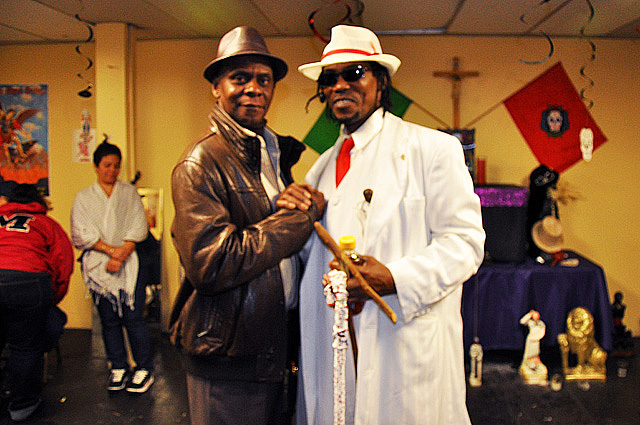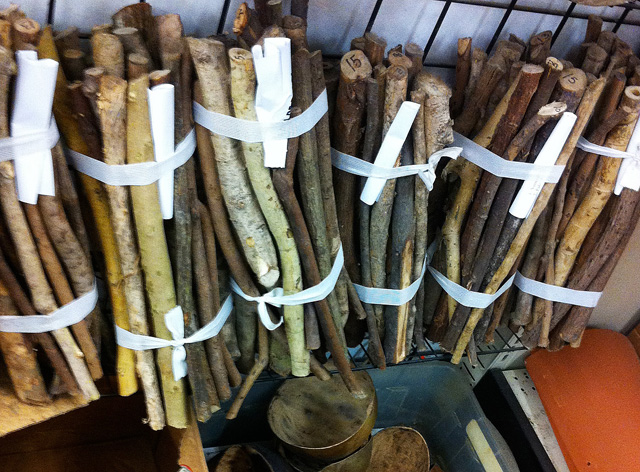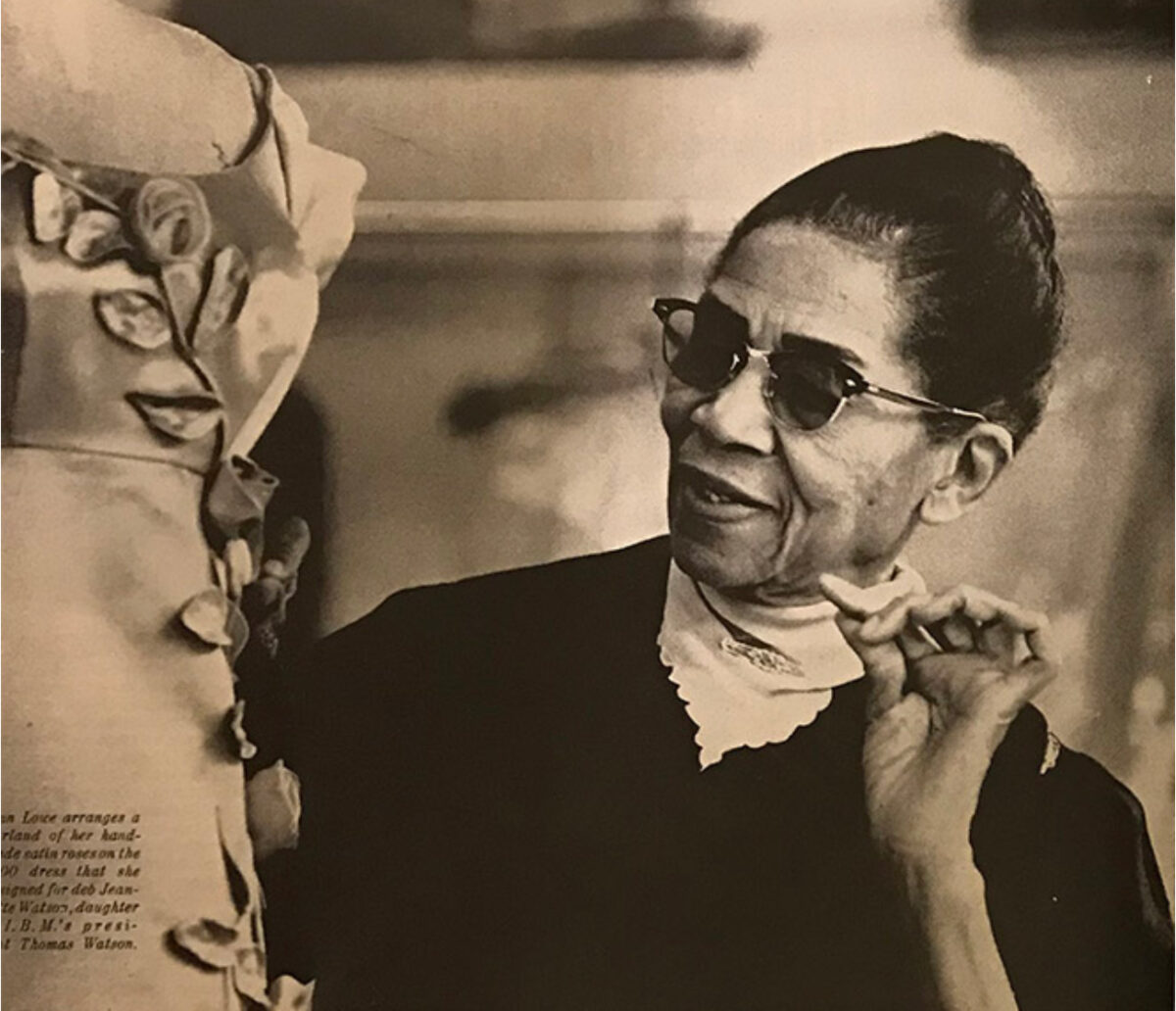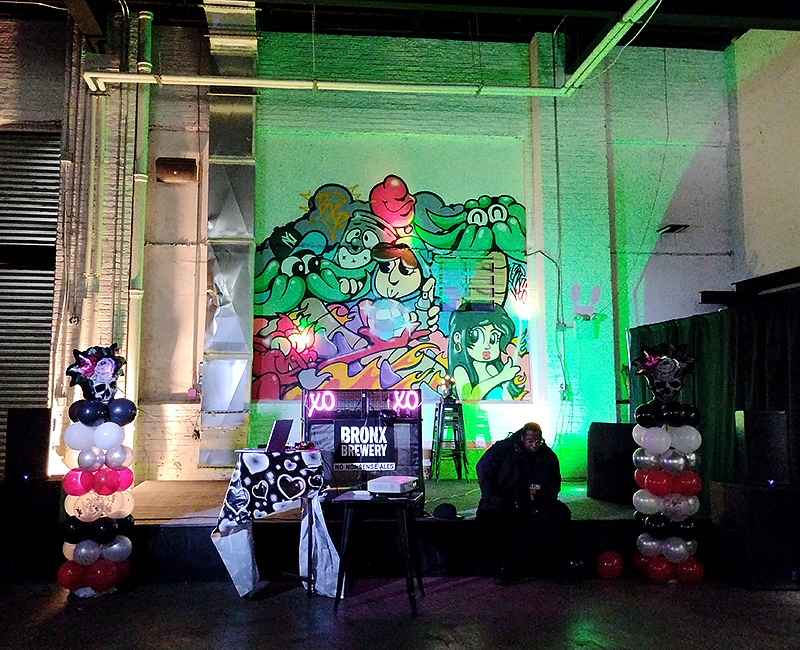Reported by Sabrina Sandrelli, edited by Christine McKenna
More than 20 Bronxites gathered in the Universal Spiritual Center above Original Products Botanica on Dia de los Muertos at noon. Despite the bright day, inside the room was dark. The air was thick with cigar smoke and filled with the beat of drums.
The group had gathered for a Palo Mayombe ceremony led by a priest or palero by the name of Reynaldo, also known as “Cuba.” In the back of the room, a handful of men swayed before an iron cauldron or prenda, filled with snakes, plants and sticks. Women were not allowed in the circle, said the palero, because they would drain the powerful prenda of its strength.
“Palo Mayombe is an African religion that came to Cuba that is based on the energy of everything that exists on earth,” says Reynaldo. “Palo works with the energy of the earth, plants, animals, insects, birds and with the bones of people that have passed away.” The name Palo Mayombe comes from the word Spanish palo, or stick, because practitioners use sticks in rituals.

Reynaldo, aka “Cuba,” is on the right
Forces of light and dark
Reynaldo explains he has been a practitioner for decades, beginning in Cuba and later migrating to New York. He favors white suits with a red ties and he carries a cane with white and red beads. As a palero, he says he advises followers on spiritual matters, using numerology, caracole (sea shells), huesos (bones) and spells to help people solve their problems.
It is common to use the representation of someone, for instance a doll with the name of the person, says Reynaldo, in order to influence events. “You take a doll and you baptize the doll with the name of your mother. You do a ceremony and you’re putting the spirit of your mother into the doll,” he says.
Palo Mayombe deals with the forces of white and dark magic, says Renaldo. To cast the right spell, he explains he will ask for a mix of ingredients, adding that most women who come to visit him do so because they are looking for husbands who have left them.
“I might say, bring me a pumpkin, bring me a pigeon,” he says. “I might say bring me two pigeon eggs, I might say bring me two dolls male and female, give me his and your names, bring me a photo of you and of him. I might say give me a pair of your socks and a pair of his socks.”
Others come to Reynaldo because they’ve had trouble with the law or the courts. Some have been charged with possession of drugs or have lost their children. He begins by first determining the saint responsible, says Reynaldo.
In the case of legal troubles, it is Santo Ochosi, Saint of Justice, for which Reynaldo says he might combine smoked fish, manteca de corrojo (palm oil), agua ardiente (moonshine) and humo de tobacco (smoke). “I would cover the four corners where the case is taking place,” he says. In addition to anointing the four corners of the courthouse with his concoction, Reynaldo says he asks for the name of the judge and tries to shift his or her thinking from negative to positive.

Palos (sticks) used in ceremonies.
Not all practitioners are on the up and up, Reynaldo says, some try to manipulate people and are in it only for the money. For example, he says, it is not necessary for women to add their underwear to the mix when trying to reunite with an estranged husband.
Sandra, 65, is the owner of the botanica St. Lazarus. She says she is a santera or Santeria priestess. Born in Brazil, Sandra has been in the Bronx for 45 years. She says she does not like Palo Mayombe because it involves working with dark forces. “A lot of people use palos, sticks, to do bad things,” says Sandra. She also explains that no women can be a babalawo, or high priests of the Palo Mayombe faith.
A mystical Bronx blend
In mid-December, a crowd of about 20 gathered in a Bronx apartment for a party to honor Saint Lazarus, also known as Babalú-Ayé. Some were dressed in white and purple or wore burlap in honor of the saint’s traditional dress. Many wore red, black, green, white,and yellow beads. To eat there were black beans with rice and bacalao guisado (codfish stew), served with beer and Hennessey.
The group listened to salsa, waiting for midnight so that they could honor the saint on the following day, December 17th. At 11:48 p.m., the hostess started passing incense over the heads of the guests, and put perfume on their hands to remove evil. At 12 a.m., the group gathered in front of St. Lazarus, a 6-foot statue that was covered. Some started saying the Lord’s Prayer. Others said Hail Marys. They lit candles before the saint, each asking for a wish.







carlos | January 30, 2017
|
‘umo de tobacco”? NO, the correct is “humo de Tabaco”.
Pete | January 30, 2017
|
Babalows are of the IFA faith. As a Santera she should know, because for all initiates it’s recommended to do your reading with Orula, the father of destiny. A babalow can only crown Orula, while the santeros and santeras are used to crown the primary Orishas. In Palo, Tatas are the highest rank and many paleros disregard IFA completely. A palero works with the dead and the nature all earth bound things. Some would say they play in the dark to fight the dark energies. In my opinion while Ifa and babalows’ are definitely more towards the light side of the spectrum the limitations of the priest pends on his path. For instance a Santero is limited through divination via chamalongos. While Orula gets the divination board and casting chain a form of binary code of 256 different Odus. As in Palo we are working with nature and the dead to acquire the knowledge to be able to handle all issues from the realm of the spirit to the realm to our world. They say Palo has two sides in itself light and dark. While Ifa/Ocha more represents the Orishas as angels. Consider these three different faiths the trinity of Afro-Cuban religions.
Samantha | December 10, 2022
|
Just wondering is there a branch of palo mayombe that does not sacrifice or Santeria ???
Tata Nkisi 7 Rayos | February 7, 2023
|
Santeros or Santeros are not limited to Chamalongos, that is Palo , the Santeros cast the cowrie shells in which 256 Oduns speak as well